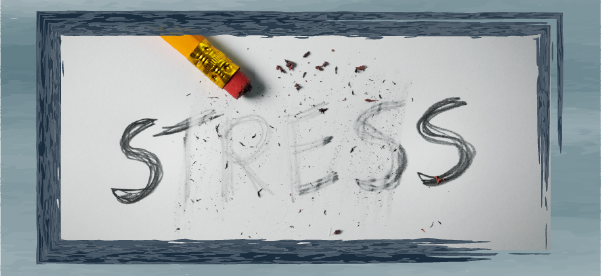There’s no shortage of stress in our lives; as adults in 2020, it’s present on our teams, in our organizations, and even in our homes. Because of this, there is no shortage of volatility, uncertainty, complexity, and ambiguity, even when we’re not managing our lives and careers through a pandemic.
Effective leadership requires a calm and steady approach … and if you believe that, I’ve got a bridge to sell you! In reality, leadership is a human endeavor – and as humans, as sentient beings, we are not simply prone to emotion; we are, in fact, emotional.
But as with the fallacy of a “calm and steady approach,” the fact that we are emotional creatures does not give us license to use our emotions ineffectively – or worse, in ways that can potentially cause harm and damage. So how, then, do we navigate stress in our leadership roles?
You’ve heard and read from not only the coaches at Emergent but from other credible resources that patterns of thought create patterns of behavior. Simply put, the way we think directly affects the way we act, behave, and perform. Reprogramming our neural pathways is possible at any age-old dogs can absolutely learn new tricks! Current research even suggests that while neural plasticity is best in our younger years, experience in learning (knowing how to learn by having experienced learning) can sometimes catapult the effects of new learning at an accelerated rate.
When things get stressed, we tend to go to what’s familiar. To combat that stress, we must first mitigate resistance to what is … we must push into the unfamiliar and unknown. For change to happen in our societies, in our organizations, and for ourselves as individuals, we must resist the status quo of our own level of complexity.
It’s been said that we must match the complexity of our development to the complexity of our environment, and yet it’s very natural for most of us to regress when things get stressful. We do so largely to conserve energy, and at times this is absolutely necessary. However, whenever possible we must step into the possibility of learning during stressed times. In that spirit, following are three practices to experiment with:
- Resist the temptation to be too pragmatic. While we can learn from pragmatic behaviors, most of them are simply repeating what we already know – following the known process. Seek an alternative approach. Use the gauge of “this feels a little uncomfortable” as an indicator that you might be on the right track!
- Give up. I sense that most readers of this blog will not appreciate the way that thought is expressed, so let me reframe it: surrender in the moment (assuming what you’re doing isn’t terribly time-sensitive) and open yourself to other creative possibilities. Surrender, accept and move onto something else that you can be more effective with, and consider returning to the surrendered task later.
- Admit your fallibility if you feel like you don’t have the answer or can’t quite get it right. And then ask someone else for their advice, ideas, and solutions.
My son reminds me to combine the second and third practices when he sees me frustrated with something I’m trying to accomplish. He’ll tell me to take a break from what I’m doing, let it go and ask for someone’s help when I return to it later. At 9 years old, he can at times lead better than I … maybe because life’s stressors haven’t challenged him yet in the same way they challenge adults. Maybe that’s a part of childhood that as adults, we can relearn.
If you are interested in developing your leadership through coaching or your team’s effectiveness through training, please contact us at www.getemergent.com.

Comments (0)